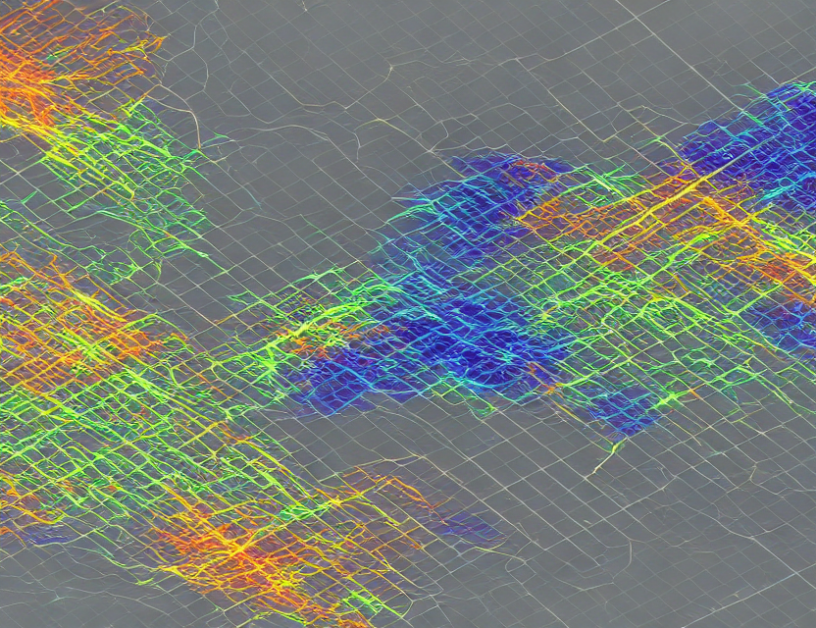Neural rendering has revolutionized the field of computer graphics, enabling the creation of photorealistic images and videos with unprecedented ease. However, one challenge that still plagues this technology is ambiguity – specifically, the inability to distinguish between different parts of an object or scene. In this article, we’ll delve into the concept of anti-ambiguity in neural rendering and how it can be addressed using a novel approach.
What is Anti-Ambiguity?
Anti-ambiguity refers to the ability of a neural network to accurately distinguish between different parts of an object or scene, without getting confused or blending them together. In other words, it’s the capacity of the network to tell apart the individual elements within a complex scene, rather than perceiving them as a single, ambiguous entity.
Why is Anti-Ambiguity Important?
Traditional neural rendering methods rely on approximating volume rendering using discrete accumulation, which can lead to rendering results that are sensitive to sampled points and the cumulative density function of the distribution of the sampled interval. This can result in ambiguous features and aliasing artifacts in NeRF renderings. In essence, anti-ambiguity is crucial for achieving photorealistic images with accurate details and reducing blurring artifacts in novel view synthesis.
A New Approach: Anisotropic Neural Representations
In contrast to traditional methods, we introduce a plug-and-play anisotropic neural representation that enables it to be plugged into various NeRFs to alleviate ambiguity and improve rendering quality. By introducing anisotropy, our approach can better capture the intricate details of objects or scenes, leading to more accurate and visually appealing renderings.
How Does it Work?
Our novel approach involves incorporating anisotropic neural representations into existing NeRFs, allowing them to capture the complexity of real-world scenes with greater precision. This is achieved by modifying the neural network architecture to learn the underlying distribution of the data, rather than relying on a piece-wise constant assumption. The result is a more robust and accurate representation of the scene, free from ambiguity and blurring artifacts.
Benefits and Future Directions
Our proposed approach offers several advantages over traditional methods, including improved rendering quality, reduced ambiguity, and increased efficiency in novel view synthesis. As the field of neural rendering continues to evolve, we anticipate that anisotropic neural representations will play a crucial role in achieving photorealistic images with accurate details. Future research may focus on developing more sophisticated neural network architectures or hybrid approaches that combine traditional methods with our novel approach to further enhance rendering quality and anti-ambiguity capabilities.
Conclusion
In conclusion, anti-ambiguity is a crucial aspect of neural rendering that can significantly impact the quality of rendered images. By introducing anisotropic neural representations into existing NeRFs, we can overcome this challenge and achieve more photorealistic renderings with accurate details. Our proposed approach offers a promising solution for reducing ambiguity in NeRF renderings and paves the way for future advancements in the field of computer graphics.



